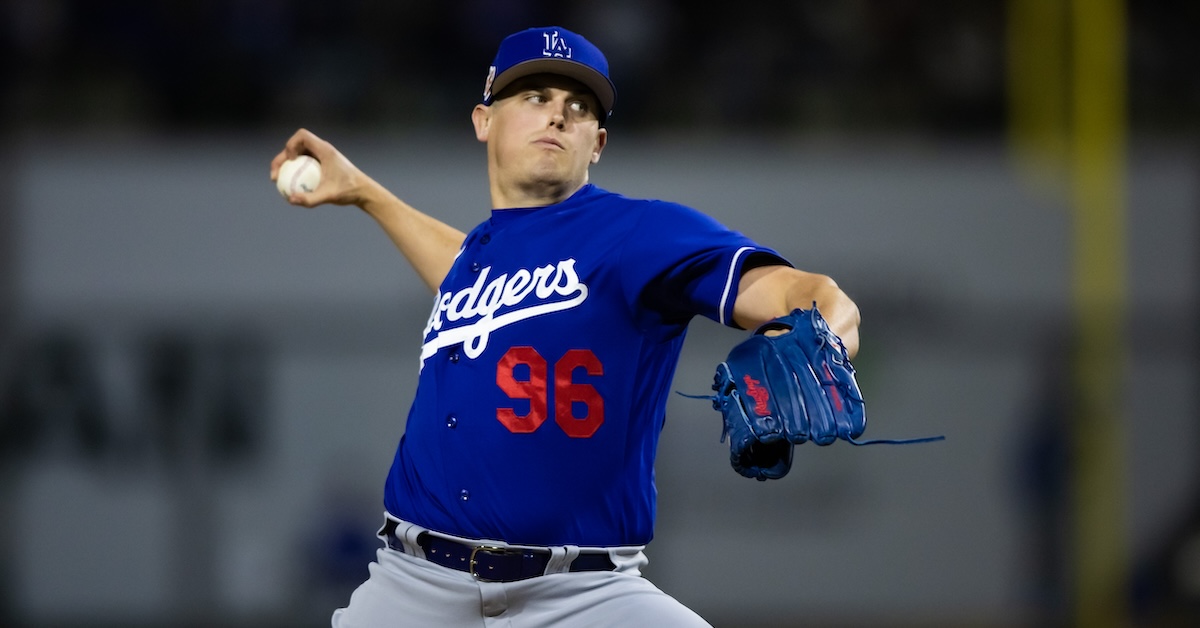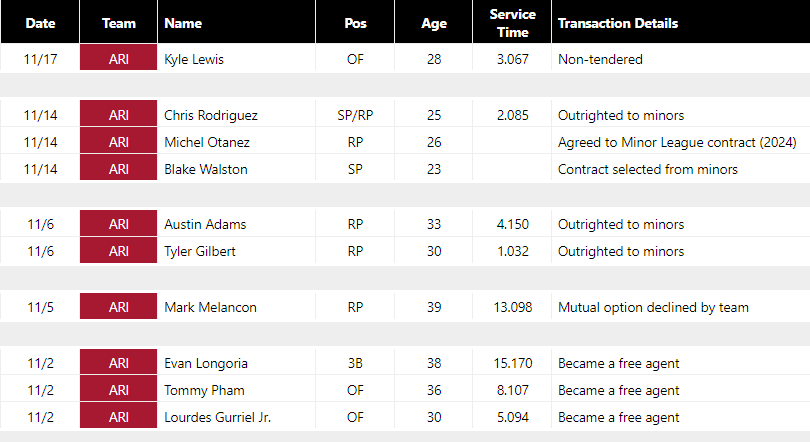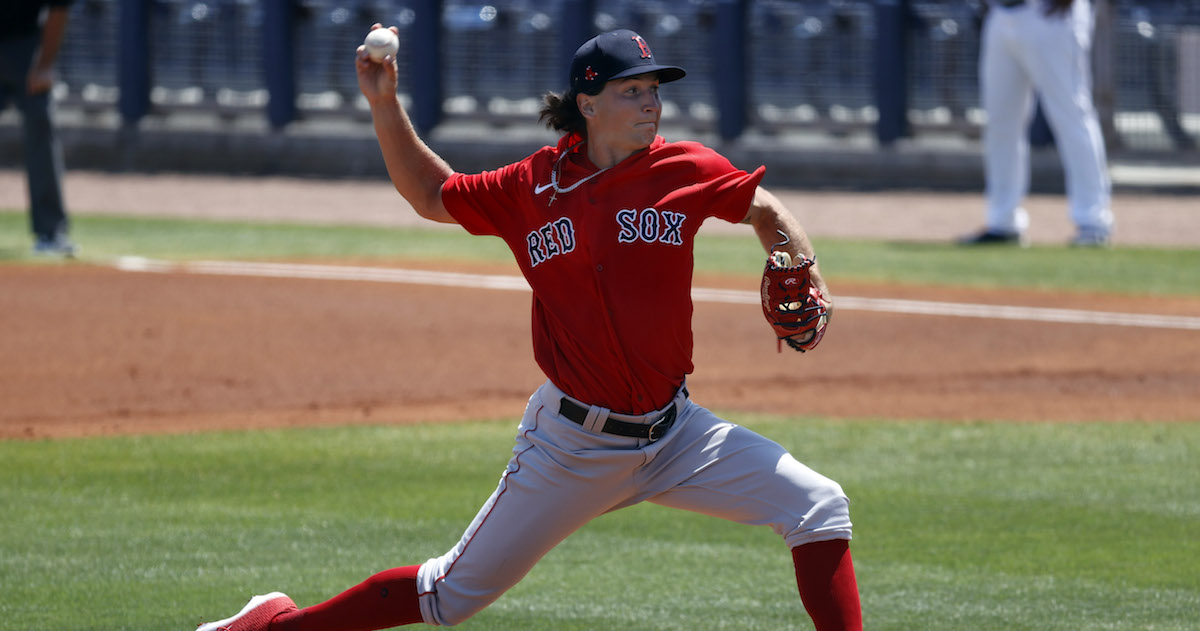The 2024 Rule 5 Draft Scouting Reports

The major league phase of the 2024 Rule 5 Draft was held Wednesday at the Winter Meetings in Dallas and concluded with 15 players being selected to join new organizations. Below are my thoughts on those players. The numbers you see in parentheses represent each team’s 40-man roster count entering the draft.
Before I get to the reports, my annual refresher on the Rule 5 Draft’s complex rules. Players who signed their first pro contract at age 18 or younger are eligible for selection after five years of minor league service if their parent club has not yet added them to the team’s 40-man roster; for players who signed at age 19 or older, the timeline is four years. Teams with the worst win/loss record from the previous season pick first, and those that select a player must not only (a) pay said player’s former club $100,000, but also (b) keep the player on their 26-man active roster throughout the entirety of the following season, with a couple of exceptions that mostly involve the injured list. If a selected player doesn’t make his new team’s active roster, he is offered back to his former team for half of the initial fee. After the player’s first year on the roster, he can be optioned back to the minor leagues. Read the rest of this entry »







